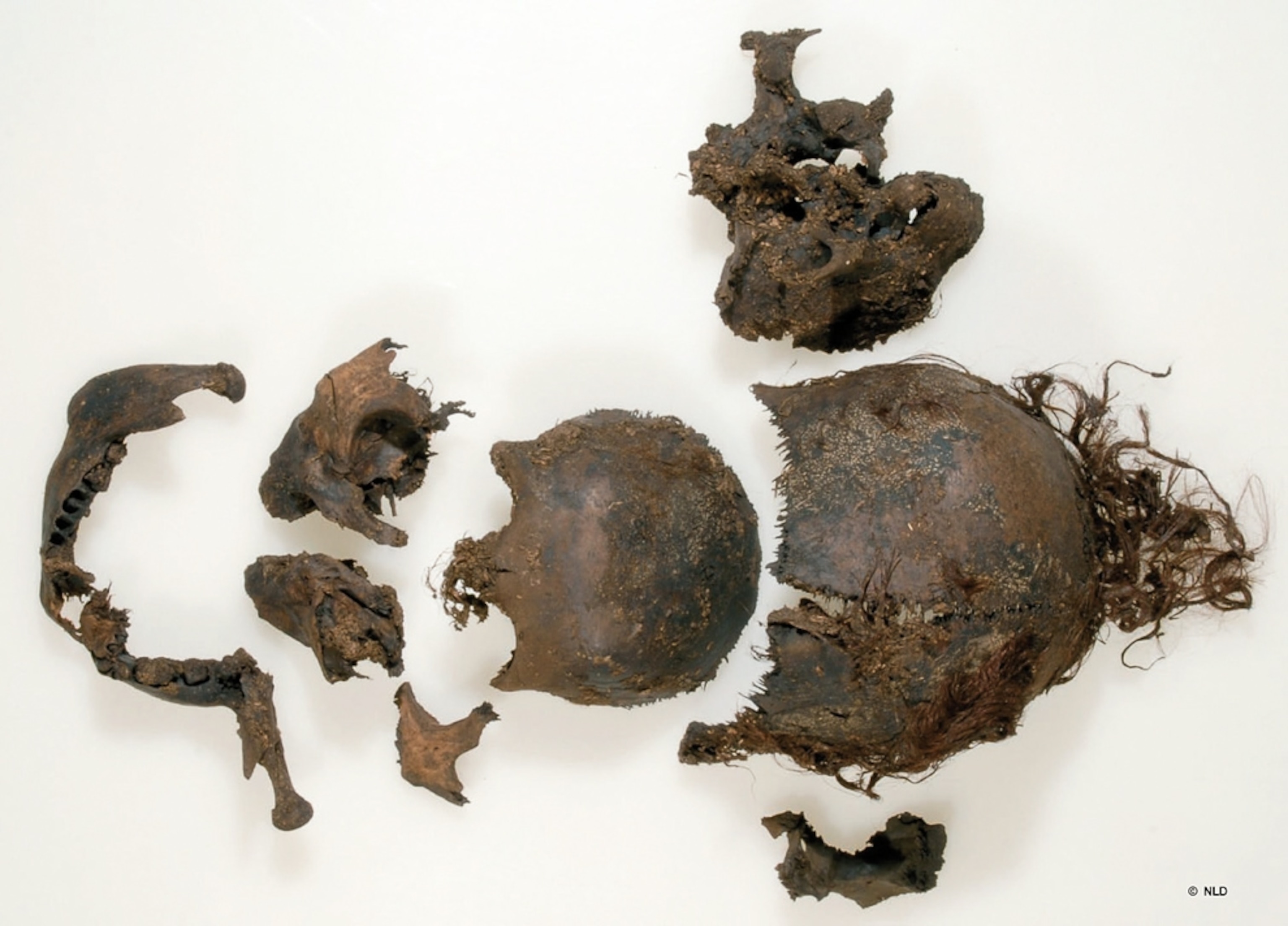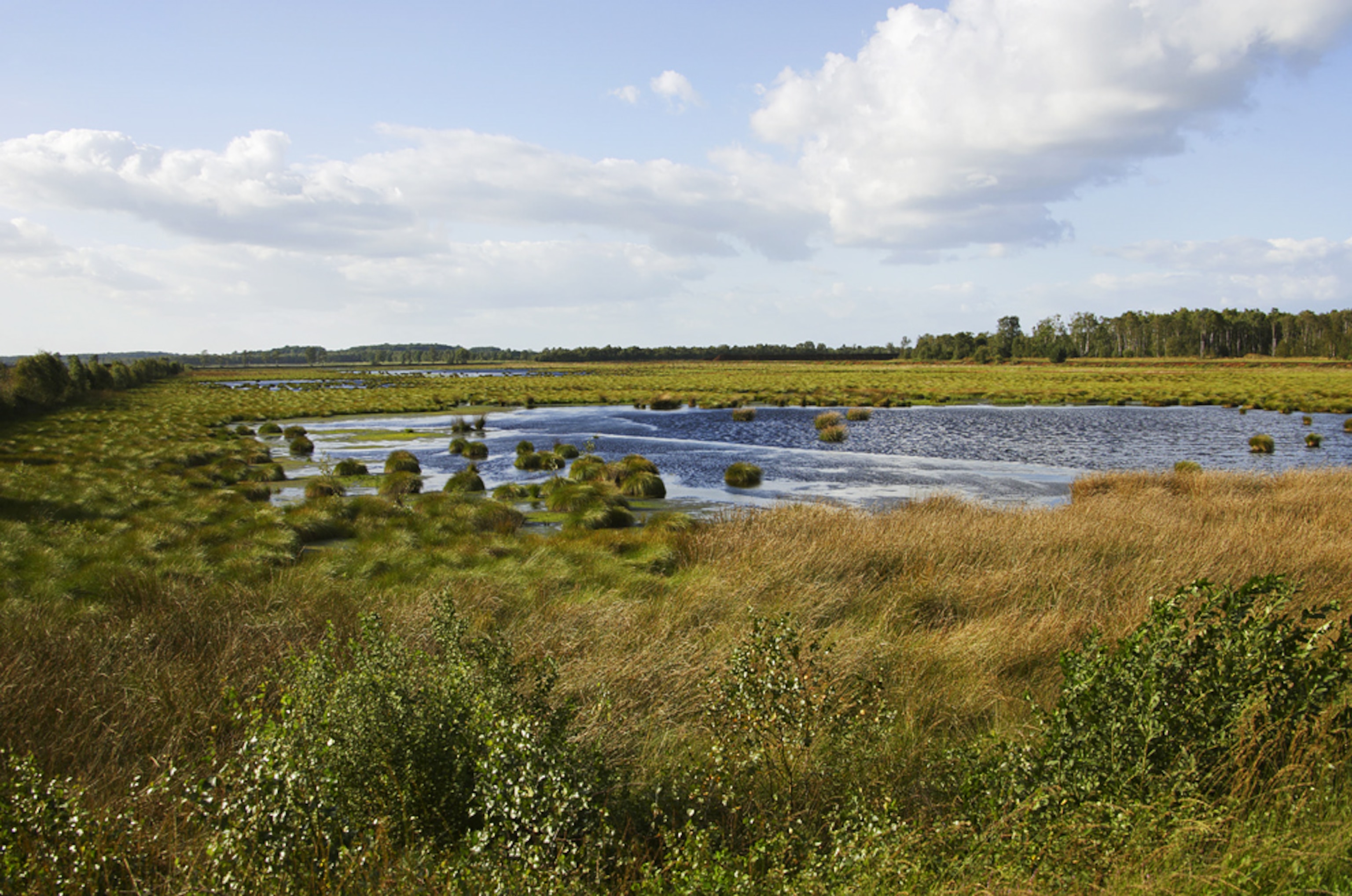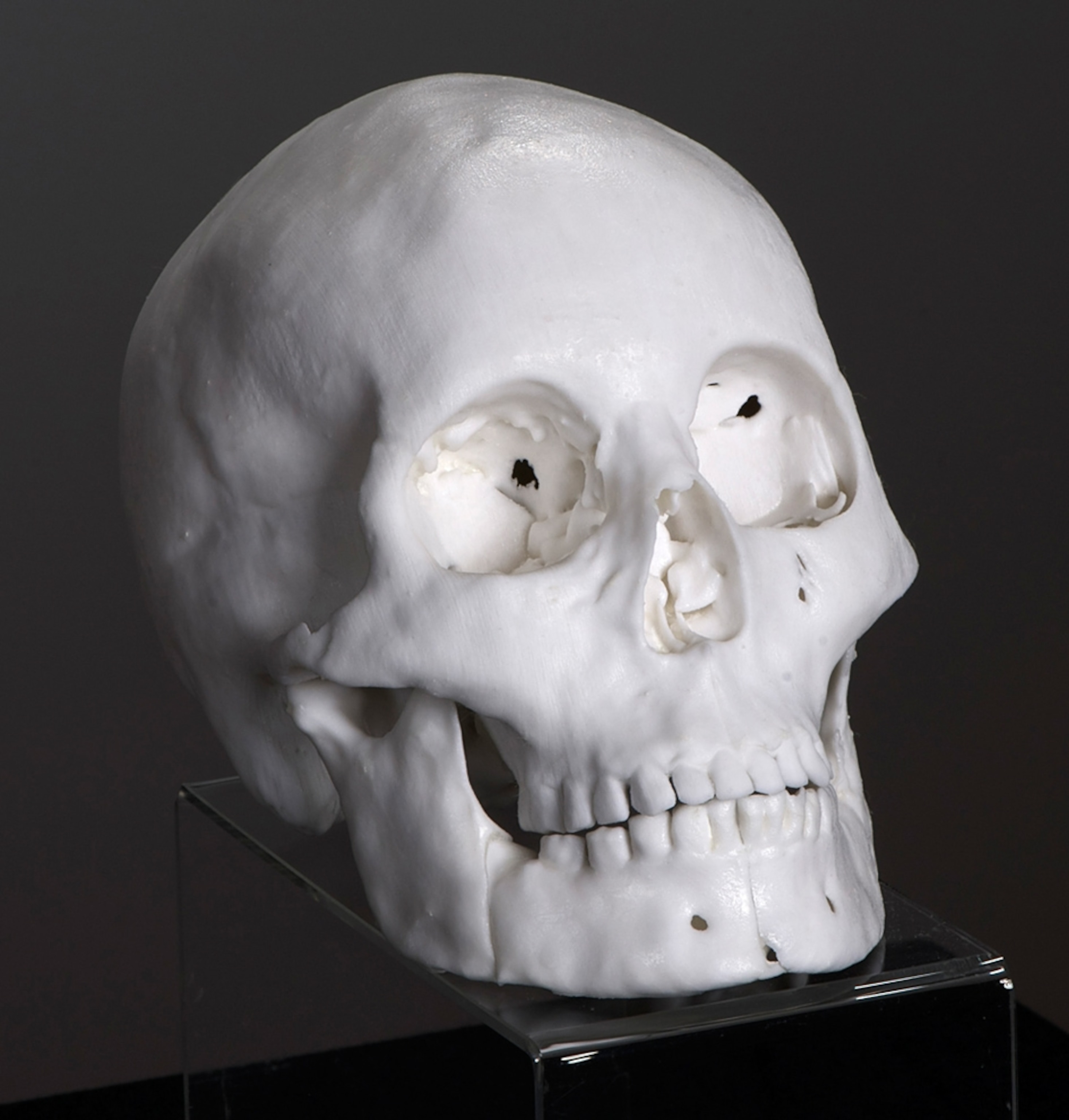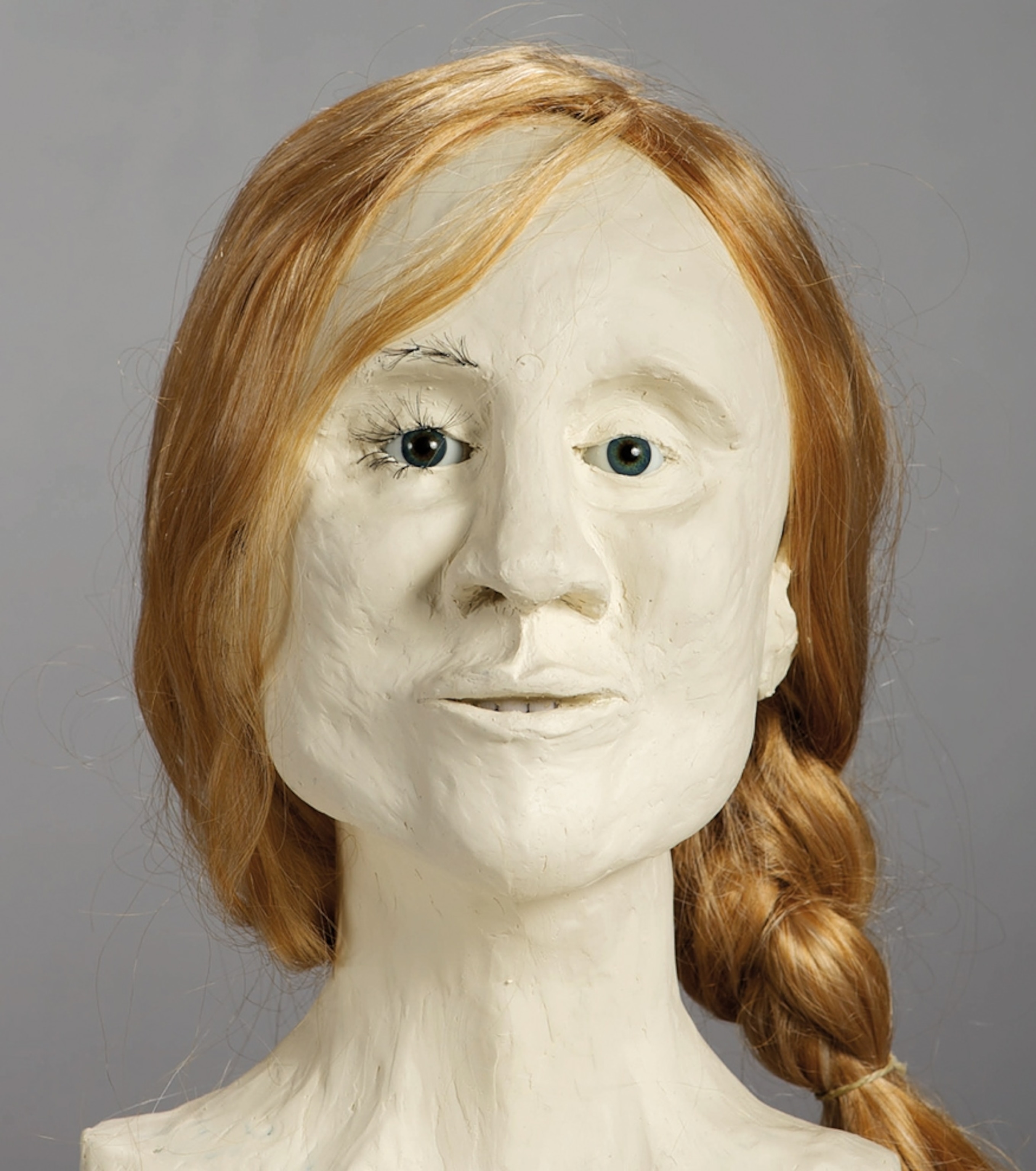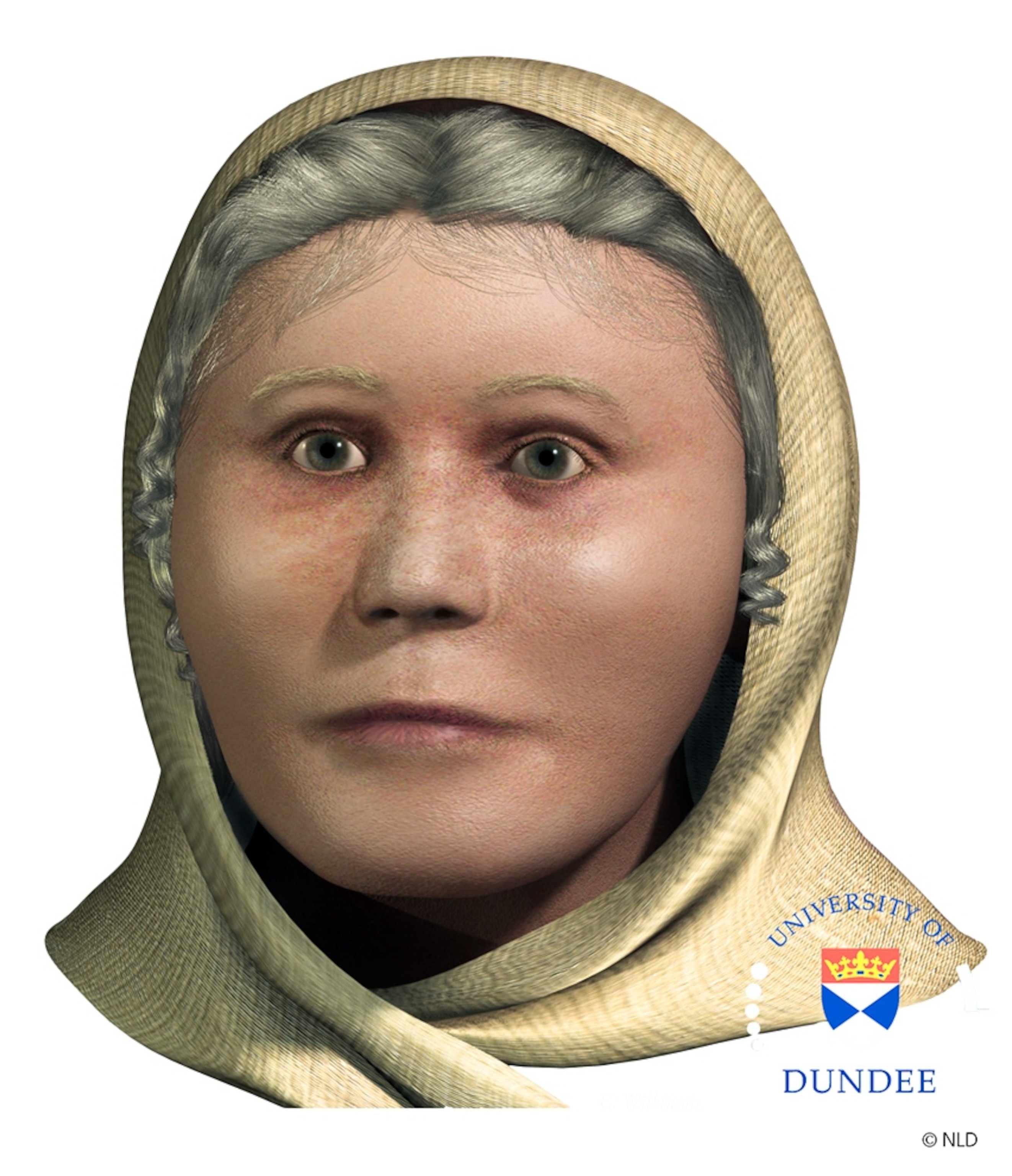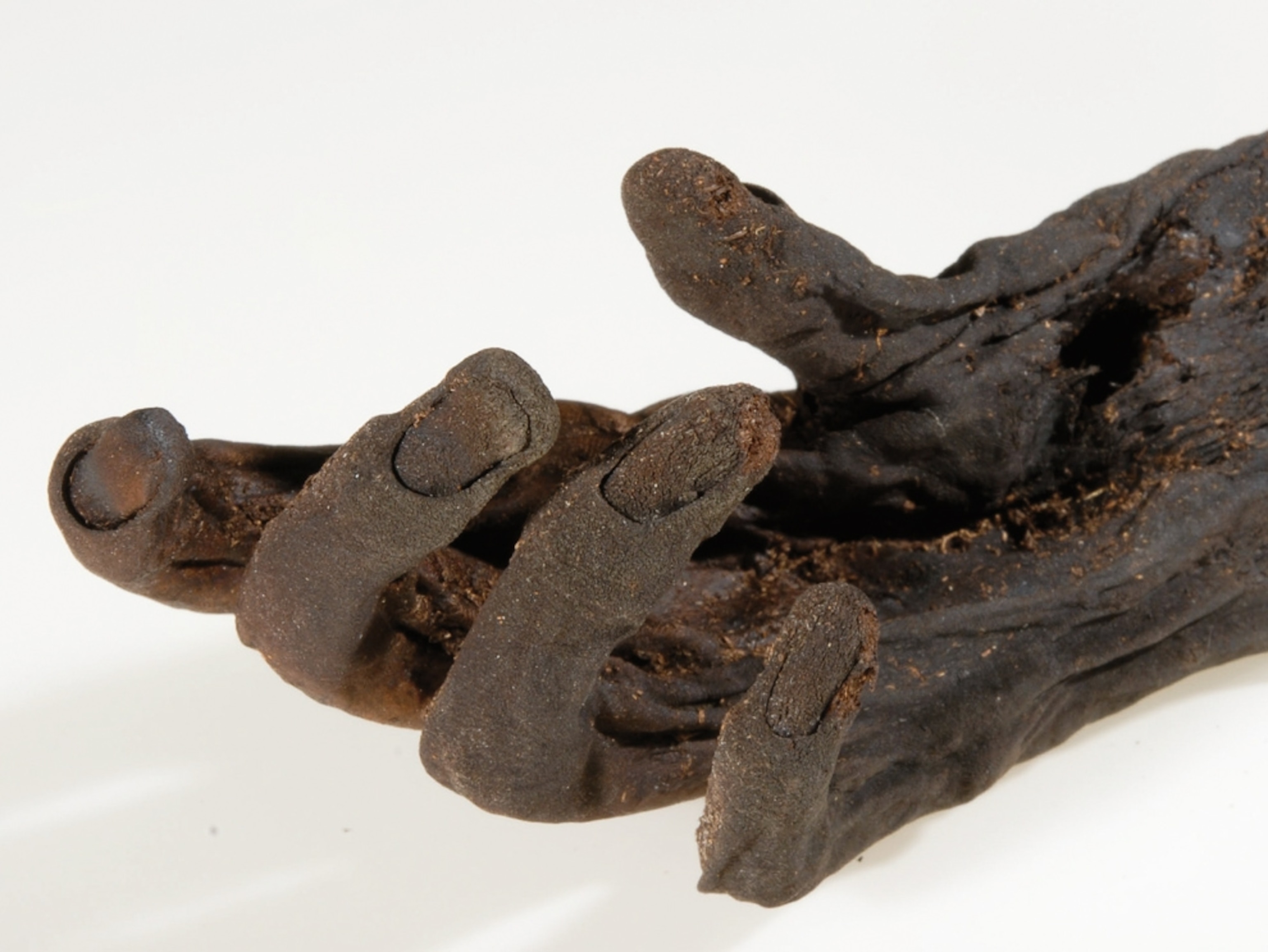"Moora" stares across millennia, thanks to a digital reconstruction based on the Iron Age girl's fragmented skull—one of several interpretations released January 20.Along with the nearly complete corpse of the teenager, peat bog workers found her 2,600-year-old skull bones—mangled by peat-harvesting machinery—in Germany's Lower Saxony state (map) in 2000.
At first, "the police thought it was a criminal case"—perhaps the remains of Elke Kerll, a young woman who disappeared in 1969—said Andreas Bauerochse, a paleoecologist with the Lower Saxony State Office for Cultural Heritage.
But the DNA of the corpse and Kerll's living mother didn't match, and the identity of Moora—nicknamed after Uchter Moor, where the remains had been found—remained a mystery until 2005.
That year, peat workers found a hand at the same spot where the bog body had been found and scientists including Bauerochse were called in.
The hand was physically a good fit for the body, they found. What's more, by radiocarbon-dating the peat on the hand, the pair determined that Moora died about 650 B.C.—Ker Than

